Rocket Lab Neutron vs. Blue Origin New Glenn: Can They Compete in the Heavyweight Niche?
8th Aug 2021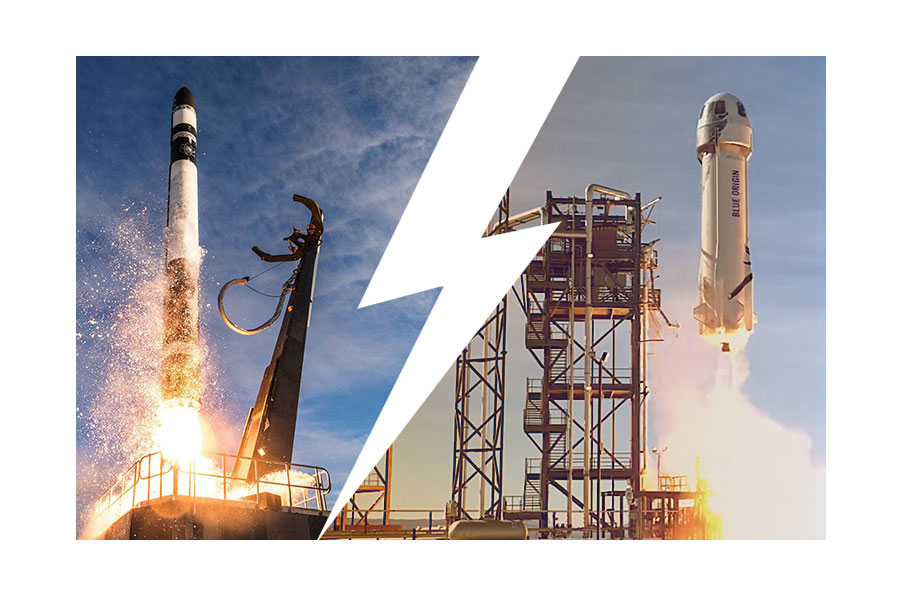
Despite the growing popularity of lightweight rockets, heavy carriers, like Rocket Lab Neutron, are still in demand in the launch market, which is why top leading private aerospace companies are exploring this niche as well.
Today, SpaceX is the undisputed leader in launching payloads. The company has two rockets with multi-ton payload capacity to orbits and other planets – Falcon 9 and Falcon Heavy. The first carrier has a maximum payload capacity of 23 tons, and the second one – of 63 tons (to LEO). These capabilities give SpaceX a chance to become a top cargo carrier to the Moon, where NASA intends to build a permanent base in the next ten years.
More private companies follow up, hoping to have their share of the latest Artemis mission. To this end, the companies are building heavyweight rockets of their own and plan to enter the launch market in the near future. We will take a look at Rocket Lab Neutron and Blue Origin New Glenn. Let’s compare these two rockets and evaluate their market odds.
Rocket Lab: Neutron
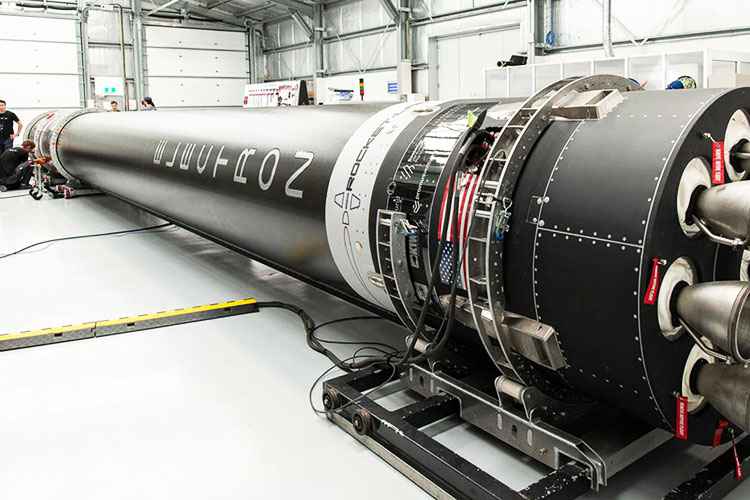
Rocket Lab entered the launch market in 2017 with the Electron light rocket, and today is one of the leaders in launching mini-satellites and CubeSats weighing up to 250 kg. Electron’s main competitive advantage is a uniquely low launch cost of 4.5-6.7 million US dollars. Besides, the company successfully returned its first reusable stage recently, which will further allow reducing launch costs even more.
However, Electron’s capabilities are limited by its low payload capacity, which prevents Rocket Lab from servicing customers with large payloads. This calls for a more heavyweight rocket with a larger payload capacity.
Rocket Lab announced the launch of its Neutron project this March. Judging by the declared parameters, the company relies on the new carrier flexibility. The Neutron rocket will be able to deliver up to 8 tons of payload to LEO, up to 2 tons to the Moon, and up to 1.5 tons to Mars and Venus.
In addition, the carrier will have a reusable first stage and will transport not only cargo but also people. Suppose we set the last bold claim aside for a moment. In that case, it becomes obvious that the Neutron rocket is almost identical to SpaceX Falcon 9 – with the only difference that Elon Musk’s brainchild has been successfully launching for a long time (118 launches). Neutron, however, will only see the light of day in 2024.
Blue Origin: New Glenn
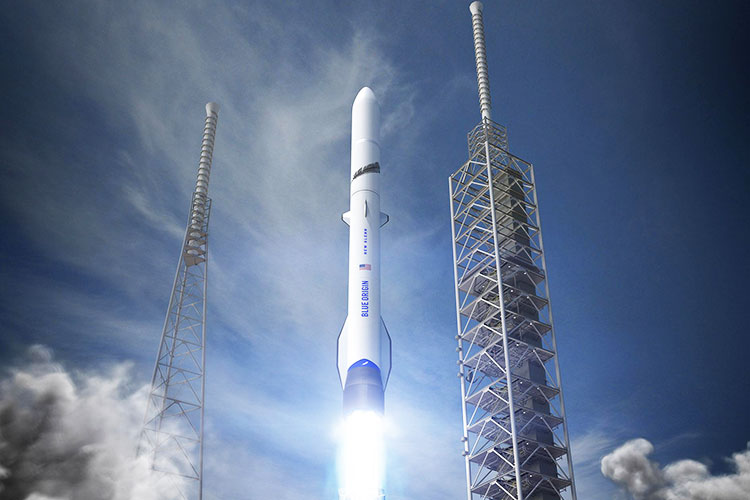
Orbital launchers are not Blue Origin’s main specialty. The company is best known for tourist suborbital flights, which have been in development for almost 20 years. This spring, the company founder Jeff Bezos announced that New Shepard was fully ready for its first manned flight to space and started an auction for a chance to become Blue Origin’s first client to accompany Bezos on an 11-minute space flight this summer. The mission was carried out successfully.
Blue Origin New Glenn rocket plays a secondary part. The carrier has been in development since 2012, but the company first announced this project in 2015.
Initially, the launcher was named “Very Big Brother” because of its gigantic size (almost 100 m in height). But a year later, Bezos, who took the trend to name his carriers after famous astronauts, christened the rocket New Glenn in honour of the first American astronaut to enter Earth’s orbit, John Glenn. (New Shepard is named after Alan Shepard, the first American to fly suborbital).
Blue Origin New Glenn key features:
- Number of stages – 2+1;
- Height with the third stage – 95 m;
- Diameter – 7m;
- Payload mass – 45 t to LEO, 13 t – to GTO;
- Proprietary engines BE (Blue Engine);
- First stage re-usability – up to 25 times.
As we can see, New Glenn is superior to Rocket Lab Neutron rocket in all aspects, and it is more appropriate to compare this carrier with such heavyweights as SpaceX Falcon Heavy and ULA Delta Heavy. However, the latter can be discarded due to the high launch cost (350 million USD), lower payload for LEO (28 ton), and the impossibility of reusing the first stage.
Falcon Heavy is a way stronger competitor. It is 25 m shorter, has a higher payload capacity (63.8 t to LEO), and can be launched to GTO, Mars, and Pluto, at only 90 million USD.
However, Falcon Heavy is still inferior to the New Glenn rocket in one aspect: because of its side boosters, the first stage diameter is 12 m. This design cuts the payload mass almost in half, provided that the first stage is returned to the ground along with the boosters.
Conclusions
Both Neutron and New Glenn rockets have good chances for entering the niche of heavy and super-heavy launch vehicles. Still, a lot will depend on the proposed launch cost and the compliance of the actual characteristics with the declared ones. But it is already clear that competing with SpaceX will be very difficult. In fact, Blue Origin has already lost the first round. NASA picked SpaceX for its Lunar Gateway project – Artemis’ first phase of module delivery. As for Rocket Lab Neutron, the competition has not even started yet.
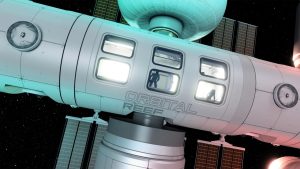

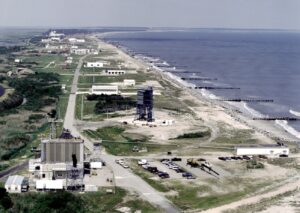



Thank you for your comment! It will be visible on the site after moderation.